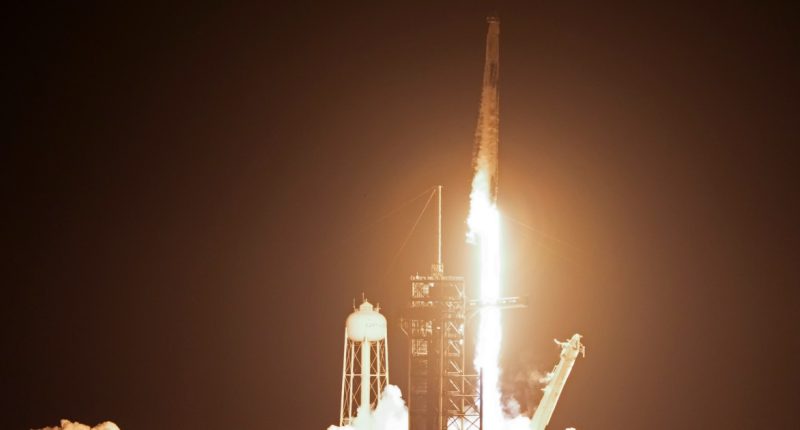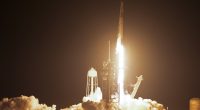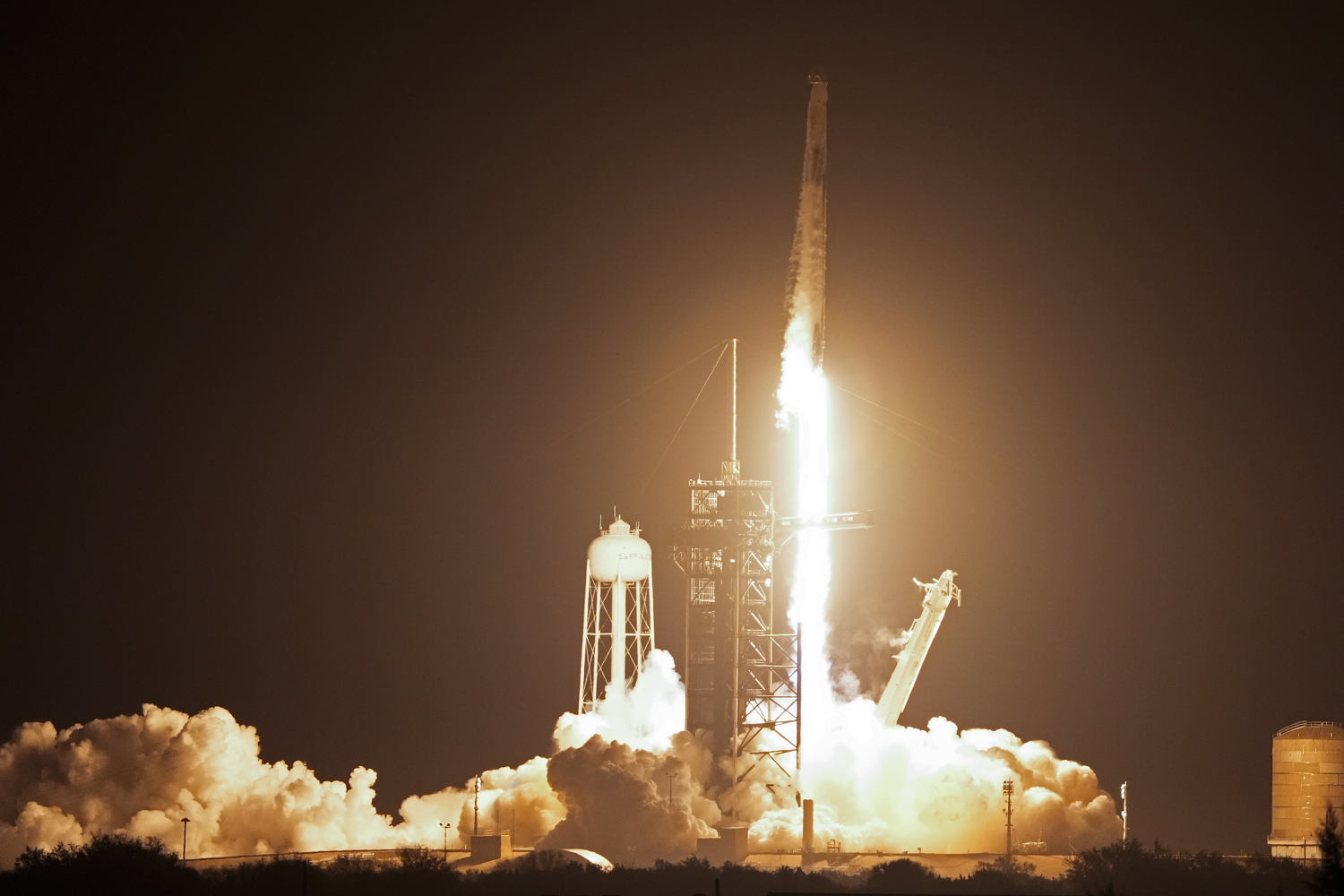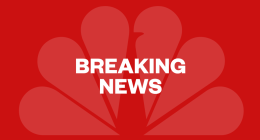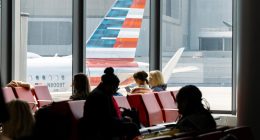
CAPE CANAVERAL, Fla. — SpaceX and NASA on Sunday successfully launched their joint Crew-8 mission to the International Space Station from the NASA Kennedy Space Center in Florida.
Together, NASA and SpaceX launched a crew of four to the ISS within the Dragon spacecraft, marking SpaceX’s eighth crew rotation mission to the ISS within NASA’s Commercial Crew Program. Sunday’s launch was the third attempt, after being scrubbed twice previously due to bad weather.
Engineers determined that a small crack on the hatch seal would not present enough of an issue to abort the launch, and the mission achieved liftoff at 10:53 p.m. Mission crew on the ground cheered when the first-stage booster separated and Dragon proceeded toward space shortly before 11 p.m.
The NASA astronauts include commander Matthew Dominick, pilot Michael Barratt, mission specialist Jeanette Epps, and Russian Roscosmos cosmonaut Alexander Grebenkin, who is also acting as mission specialist. This is the first mission to the ISS for all except Barratt, who is now making his third visit.
The Dragon spacecraft was launched by the Falcon 9 rocket, which SpaceX describes as a “reusable, two-stage rocket,” making it the first reusable rocket of its kind. Once it detaches from Dragon, it will land at Cape Canaveral Space Force Station.
The crew, set to return in Fall 2024, will spend 6 months at the ISS. Days ago, administrators revealed they found a small air leak at the space station.
“It’s not an impact to Crew-8, but I didn’t want anybody to be surprised,” ISS Program Manager Joel Montalbano said during a Crew-8 mission briefing. He said they don’t believe the leak will impact crew safety, but that “teams are watching it.”
While aboard the ISS, often referred to as a “floating laboratory,” the crew will perform more than 200 science experiments as part of the long-term mission to prepare humanity for long-term stays in space.
Some of the experiments include bringing stem cells to space to study their effects on degenerative disease, as well as looking at the cellular impact of microgravity and ultraviolet radiation on plants, with hopes that plants can remain an increasingly important part for nourishment during these lengthy stays.
The crew will also be experimenting with pressure cuffs on legs to see if they alleviate health problems, including fluid shifts among astronauts in space experiencing weightlessness. With no gravity on the ISS, fluids in the body tend to shift upward toward the head, which can cause health problems with eye and head pressure — something astronauts are all too familiar with.
Spirulina, often used in smoothies down on Earth, is also being sent to space on the Crew-8 mission. The astronauts will be looking to see if microalgae could help to remove CO2 from the air, providing both food and oxygen for astronauts.
This latest launch comes on the heels of a busy year for SpaceX, which saw almost 100 launches within the past year.
When asked about the seemingly routine nature of the increasingly busy launch schedule, NASA Administrator Bill Nelson cautioned against letting guards down.
“Spaceflight is hard. Spaceflight is risky. … You never want to get into the frame of mind that it is so routine,” Nelson said. “Every time we launch, it’s white knuckle time, and especially if humans are on top.”
Source: | This article originally belongs to Nbcnews.com
